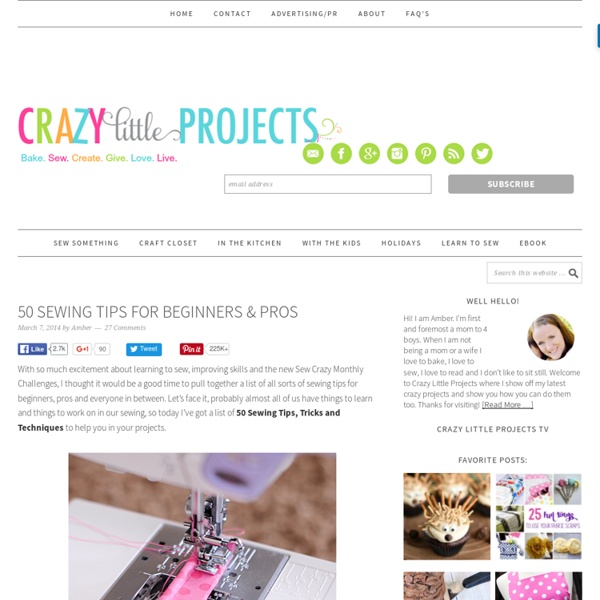Sewing Tips for Beginners & Pros

Studs And Spikes .com store | StudsandSpikes.com
31 DIY Ways To Make Your Backyard Awesome This Summer |
While you’re impatiently waiting for summer to just GET HERE already, start planning your outdoor space. 1. Set up a movie theater. 2. Plant a bunch of these giant allium flowers. 3. 4. 5. 6. 7. 8. Here’s a very cool personal fire pit you can make for less than $25. Perfect for s’mores night. 9. 10. 11. 12. 13. Turn the tent into a pillow-filled reading nook. 14. 15. 16. Home Depot sells the whiskey barrels for $30, and Bed Bath and Beyond sells the glass tops for $9. 17. 18. 19. 20. 21. 22. 23. 24. 25. 26. 27. 28. 29. 30. 31. Comments comments
Welcome to Ornamentea.com!!!
Ornamentea is your home for fine craft ingredients and inspiration. We strive to offer the most interesting 'parts' for your creations and we do it in an environment that is welcoming and encouraging. Our 'real' store is located in Raleigh, North Carolina and our virtual store is open 24 hours a day on your screen. You can visit us by sitting at our work table, joining us early on a Friday morning for Breakfast & Beads, coming to a class or by downloading one of our free jewelry making and beading tutorials any time. Ornamentea began as Bedizen Ornaments jewelry design, started by Cynthia Deis in the kitchen of a tiny pink house in Raleigh, North Carolina. The studio space was on a busy downtown street in an area that was undergoing a renaissance. Ornamentea moved to the current location in 2002. It has indeed filled up; with beads, ribbon, metals, jewelry making supplies and more. Ornamentea has a focus on local and artist-made work.
Related:
Related:



